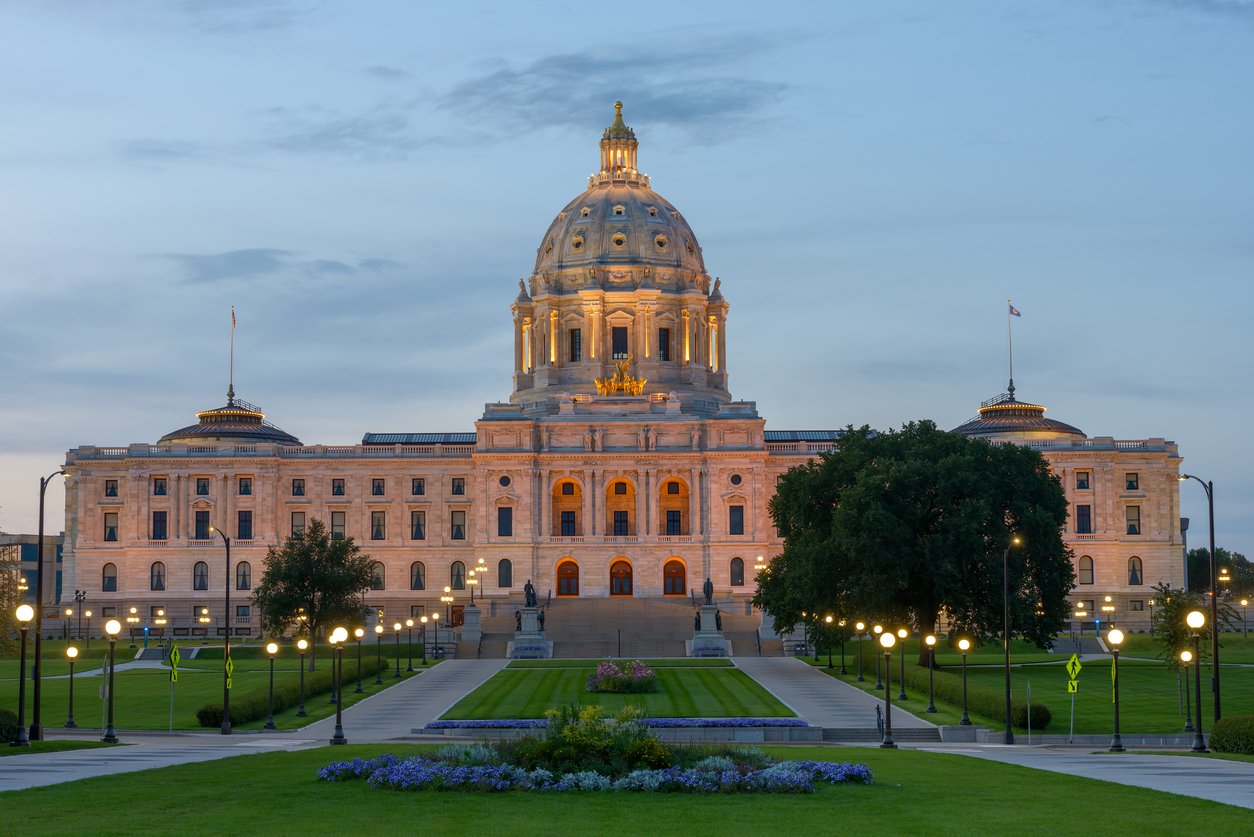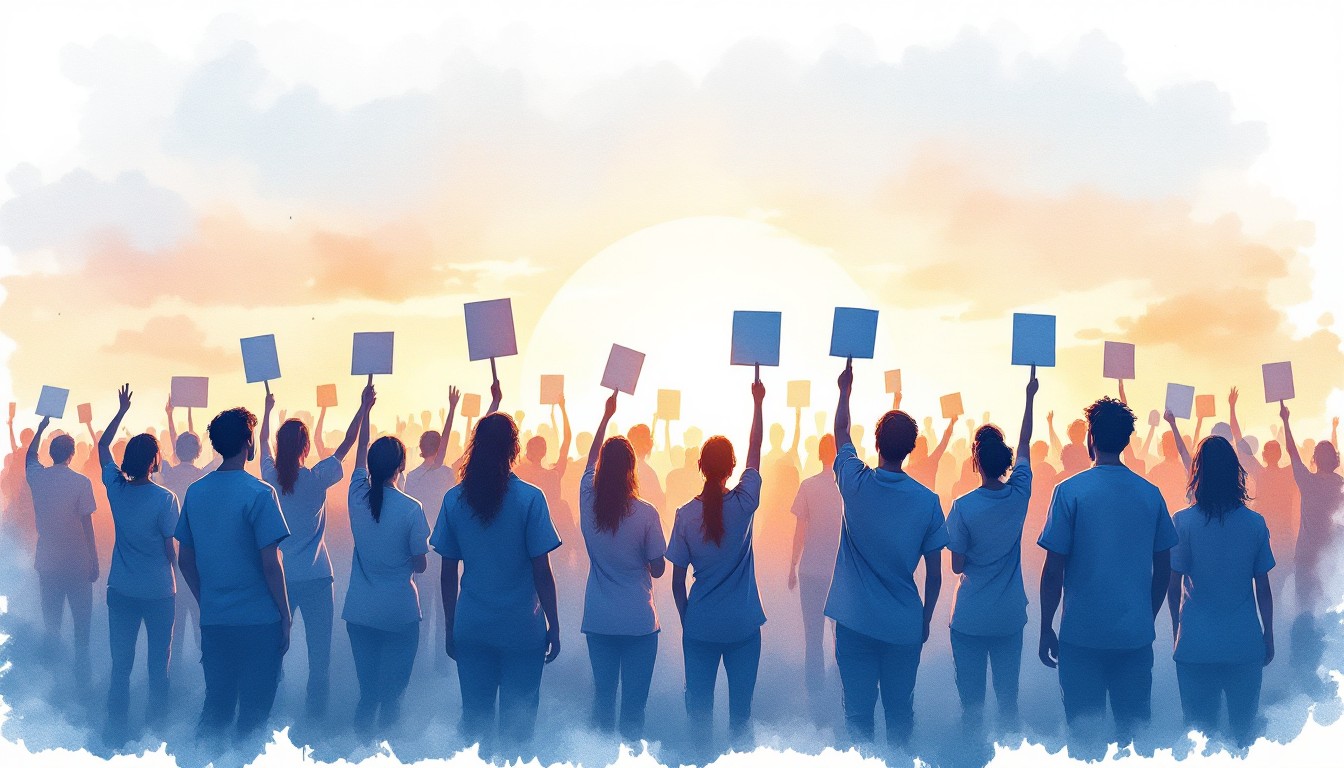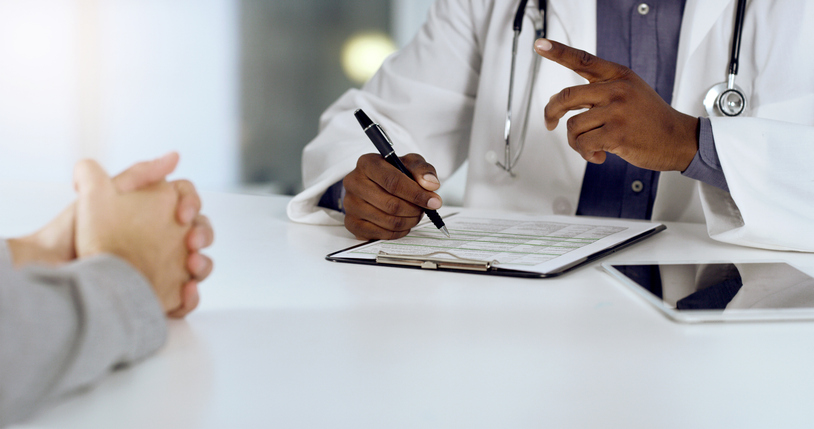You may have heard the COVID-19 pandemic, with its obvious widespread effects, referred to as “the great equalizer.” But, like every public health crisis throughout history, COVID-19 is NOT an equalizer of disparities and inequity; it is a magnifier.
As the Centers for Disease Control and Prevention is finally starting to track and release infection prevalence and mortality rates by race, we are already seeing how this virus and pandemic are disproportionately affecting Black communities and other communities of color. This is NOT because of some unidentified biological susceptibility to SARS-CoV-2 by race.
Racial Disparities & COVID-19
Camara Jones, MD, PhD, MPH, family physician, epidemiologist and former president of the American Public Health Association, quoted in a ProPublica article, links the higher rates of infection and death from COVID-19 seen in Black communitites in Milwaukee and Detroit to “deep disinvestment in our communities, historical injustices and the impact of residential segregation.” Uché Blackstock, MD, founder and CEO of Advancing Health Equity, also spoke, recently, with Amna Nawaz, MS, from PBS NewsHour about racial disparities in health and how they are exacerbated by COVID-19 (worth a listen or a read).
The COVID-19 statistics in Minnesota by race, currently, appear to be less stark than those in other areas of the country. While this is reason to be cautiously optimistic, we must be vigilant.
Self-isolation is a privilege that is not equally accessed:
- Home is not safe or healthy for all. Individuals and families affected by poverty at higher rates are more susceptible to domestic, community and intimate partner violence; and, with a “shelter-in-place” order, this violence is likely to increase and easily hidden from the outside world.
- Not all homes, modes of transportation and/or jobs offer the same levels of protection. People who live in multigenerational homes, high-density housing or who do not have stable shelter or any shelter; people who rely on public transportation and people who work at low-wage “essential” jobs that don’t provide personal protective equipment are at a much higher risk of exposure and inability to self-isolate or “shelter in place.”
- Prisons and jails are vulnerable. People who are incarcerated or in detention facilities have limited or no opportunity to protect themselves from being exposed to the virus and limited access to quality treatment and monitoring if they do develop COVID-19.
Our defenses against this pandemic depend so much on our individual immunity and our social immunity. The foundations of overall health, such as adequate nutrition, safe and healthy housing, robust social connections, avoidance of toxins and toxic stress, meaningful and life-sustaining employment, all contribute to people’s ability to resist and recover from an infection such as SARS-CoV-2.
Disinvestment in some communities and not others is a major contributing factor to these disparities. Under the Blacklight: The Intersectional Vulnerabilities that COVID lays bare, from the Intersectionality Matters podcast by Kimberlé Crenshaw, provides an excellent summary of the ways in which marginalized communities are carrying much of the burden of this pandemic and includes a panel of policy, public health and legal experts and community activists.
Discrimination & COVID-19
While crises can bring out the best in people, high levels of stress and fatigue can also lead to increased racism, xenophobia, sexism and other forms of discrimination being expressed and felt. In particular, racism against Asian people and communities has been heightened during this time.
We acknowledge that this is experienced by our patients, community members, colleagues, trainees and, perhaps, even ourselves. This is NEVER okay, and it is our responsibility to speak out in support of those who are affected, now and always.
Primary Care Accessibility
As we in primary care settings attempt to transition our practices to telephone or virtual visits to slow the spread of COVID-19, we MUST be looking at how accessible our practices are to our most vulnerable patients.
- Affording medications, childcare, transportation, housing and other basic needs will be more difficult for patients who rely on hourly or low-wage income, work in the service industry or who are otherwise seeing their income decrease.
- Access to the Internet is a luxury for many, especially in rural settings and for those living in poverty.
- Many people have a limited number of cellphone minutes each month and may not be able to spend 20-30 minutes of this precious resource doing a phone visit.
- Access to appropriate, up to date, helpful information about the virus and ways to mitigate its effects for individuals and communities who do not read or speak English as a primary language may not be readily available.
Rural hospitals and clinics face additional barriers, including limited access to ICU beds and advanced respiratory care; shortages of available personnel once healthcare workers begin to be exposed or infected and unable to work and tight financial situations.
Many communities across Minnesota are already taking steps to support their vulnerable members and working to mitigate the effects of this pandemic for Minnesotans of all backgrounds, and many of you are already contributing to this work.
Here’s a list of community resources, compiled by the University of Minnesota Program in Health Disparities Research, that includes information about COVID-19 in many languages, links to housing and unemployment resources and other important gems.
How We Can Take Action
As we know from other efforts toward health equity, we first have to identify and name the disparity: COVID-19 is a magnifier of inequity.
Next, we ask, how do we bring equity to our fight against COVID-19? How do we bring resources to where they are needed most? Resources for testing, masks, ventilators, new medicines and vaccines?
And, finally, we need to ask, how do we change the systemic disbalance, bias and racism, so that we are better prepared for the next pandemic?
The Minnesota Academy of Family Physicians Health Equity Task Force recognizes that this post does not cover ALL the ways that inequities are manifesting right now in our state and in your communities. We are not the sole experts, and we want to hear from you. If you want to share your experiences, areas of concern, ideas for outreach and intervention and resources, we’re here and listening, and we support you. Please reach out to us at office@mafp.org.
_ _ _ _ _ _ _ _
Authors:
- Andrea Westby, MD, Health Equity Task Force co-chair, @AndreaWestbyMD (lead author)
- Chris Reif, MD, MPH, Health Equity Task Force co-chair (contributing author)
- Roli Dwivedi, MD, Health Equity Task Force co-chair, @RoliDwivedi (contributing author)


